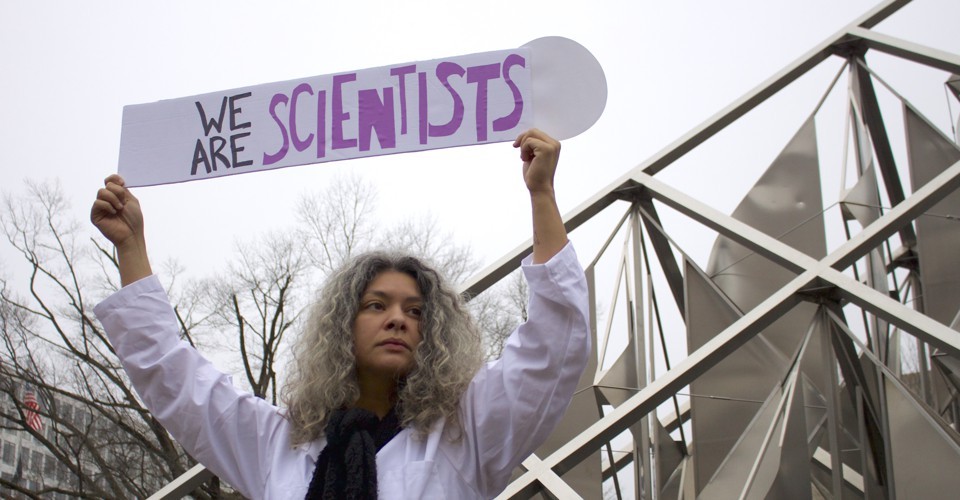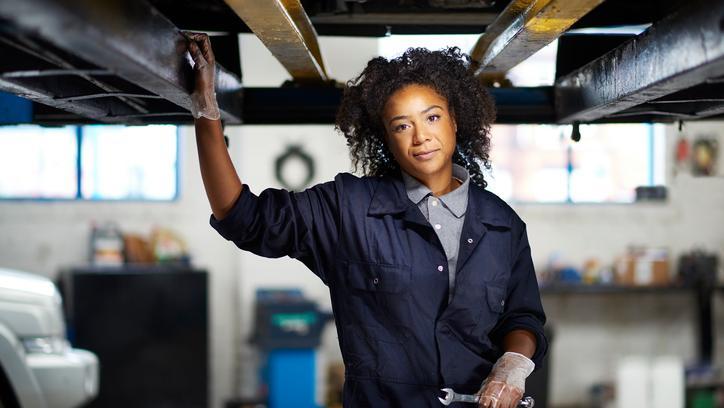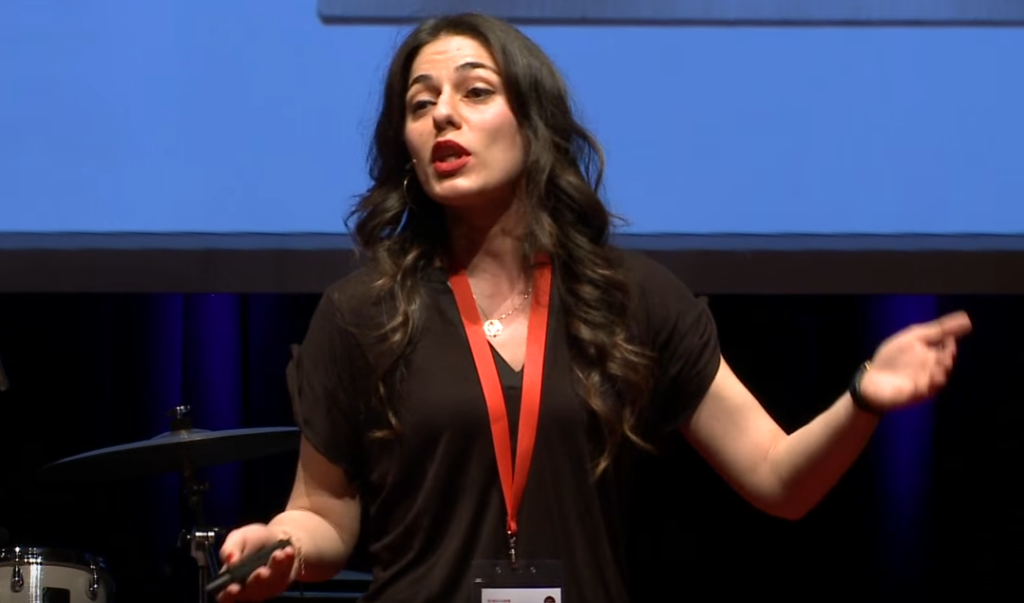This article originally appeared on the Women & Girls Hub of News Deeply, and you can find the original here. For important news about issues that affect women and girls in the developing world, you can sign up to the Women & Girls Hub email list.
By Christine Chung
Last year, around 45 percent of all deaths of children under the age of five occurred in the first 28 days of life. A new neonatal survival kit puts medications and supplies into the hands of mothers to help them keep their babies alive.
Google “newborn survival kits” and you’ll find advice on assembling gift packages that include beer for dads, chocolate for moms and tiny nail clippers for babies. In some countries these would be considered luxury items, mostly because they assume that the baby will survive its first weeks of life. But many babies in low-resource settings don’t. According to the World Health Organization, the proportion of child deaths that occur in the neonatal period has increased in all regions over the past 25 years.
At the Centre for Global Child Health in Toronto, Shaun Morris, a clinician-scientist in infectious diseases at the Hospital for Sick Children (SickKids), and Lisa Pell, program director for the Global Child Health Fellowship, have been working on a different kind of neonatal survival kit, one that addresses the number one cause of neonatal deaths: infections. Their kit contains a clean birth kit that includes a plastic sheet, a sterilized razor blade, gloves and an umbilical cord clamp, and, for after the delivery, antiseptic chlorhexidine, a Mylar blanket and Thermospot stickers. The kits are currently being tested in Pakistan and Kenya.
Women & Girls Hub spoke with Morris and Pell about how the small, low-cost kit could make a big impact.
Women & Girls Hub: Can you tell us why these kits are so innovative?
Lisa Pell: The kit contains several items, and the evidence shows that they have effects to reduce newborn mortality, reduce newborn infection or to detect danger signs quickly so action can be sought. We’ve taken all of these components and bundled them together. It’s portable; it can easily be delivered to the pregnant woman regardless of where she resides. It’s low cost; the kit when bought at scale we estimate will be less than $5 per kit.
Everything can be used by the mother herself. The community health worker in Pakistan delivers the kit to the woman during the third trimester, teaches her how to use everything, and then it’s in the mother’s hands. She’s empowered with the education and the tools to use these components in her home for her baby to increase the likelihood of newborn survival.
Right now we’re doing a research-based study to understand how well this kit works in the hands of mothers. We know that each of the components work, but they work either in a facility or when a healthcare worker delivers and applies the intervention. What happens when you bundle these together and bring to them to a woman and teach her how to use them?
Women & Girls Hub: Could these kits be seen as encouraging women to give birth at home?
Shaun Morris: Essentially every government in the world where newborn mortality is a big problem has some sort of policy in place to increase facility births. In both of the geographies we’re working in that’s certainly the case. Within our studies we absolutely encourage and reiterate the message at every point of contact with pregnant women [that] the best decision is to have her baby in a facility. We tell them that they should deliver in a facility if possible and to bring the kit. It’s literally a small bag that weighs almost nothing.
The other major issue in these geographies is that in the facilities themselves, the quality of care is very poor, unfortunately. There’s often a lack of supplies or a lack of personnel. Increasing facility delivery is a wonderful policy and it has to go hand-in-hand with improving the quality of the facility. The idea of this kit is that it can be useful anywhere that the baby is born, whether it’s at home or in the facility.
Pell: We’re collecting information to understand where women are delivering. Our preliminary results show that greater than 60 percent of the women in our study do deliver in a facility.
Women & Girls Hub: How does your partnership with Baby Hero, a Hong Kong-based baby clothing company, work and how did it come about?
Morris: The largest funders of this work are academic granting agencies. The biggest group is called Grand Challenges Canada, which is essentially a sister organization to the Bill and Melinda Gates Foundation in Canada. The grant applications for the Grand Challenges Canada organization are very different from academic grants. They’re much shorter, there’s often a social media component, and we had to make a two-minute video.
Our video ended up being seen by Samar Shaheryar and Alicia Wieser from Baby Hero. They were actively looking for some sort of maternal and child-focused intervention in Pakistan. They contribute a small amount of funding from each set of baby clothing that’s sold to one of our two projects [Kenya and Pakistan], and those funds are used to buy components of the kit.
Women & Girls Hub: What are your next steps with the kits?
Morris: Once we finish these studies – which in the context of scientific studies are quite large scale and very hard to pull off in this setting, but we’re still talking on the order of about 10,000 people who are involved – we want to be eventually able to scale up, if we show it works, to hundreds of thousands or millions of people.
We’re contemplating doing that with significant involvement from the private sector. We are trying to identify “smart partners,” who are for the most part private sector entities, potentially companies that work in the health sphere, either international or Canadian, or companies that work in Pakistan and Kenya. We’re also trying to identify and partner with companies that may have expertise in things like logistics and sourcing of materials and assembly of kits, etc.
Women & Girls Hub: What are the challenges to scaling up?
Morris: There’s a long history of interventions that have good evidence behind them that have poor implementation and poor scale-up. A good example would be the hepatitis B vaccine or some other vaccines, which clearly work, aren’t terribly expensive, but are not used in the places that need them the most.
The biggest challenges will be distribution, the logistics of it all. Ultimately, we need to get a physical product into the hands of women at a particular time in some very difficult geographies. Even within these countries these geographies are quite isolated, either by pure distance or socioeconomic reasons. It’s almost a rule of low-income countries that the people who are most disengaged from the system, through poverty or distance or gender or other reasons, are the people who have the highest need. That’s exactly the case here. The babies that are dying for the most part are the hardest ones to reach.


















